#east belfast
Explore tagged Tumblr posts
Text
do not pass me by
I was back in the pulpit at Mount Carmel Congregational Church this past Sunday after my time away in and around Belfast. I am grateful I get to be in both places. Here is what I found at the crossroads. _________________________ Since I just got back from Ireland where I was the chef for two peace retreats, I assume you are expecting I would have stories to tell, and I don’t want to disappoint…

View On WordPress
0 notes
Text
'PUP leader Billy Hutchinson has lost his seat on Belfast city council the people of east Belfast have overwhelminly rejected him and his policies and politics in east Belfast.'.
http://seachranaidhe-irishandproud.blogspot.com/2023/05/pup-leader-billy-hutchinson-has-lost.html

View On WordPress
0 notes
Text


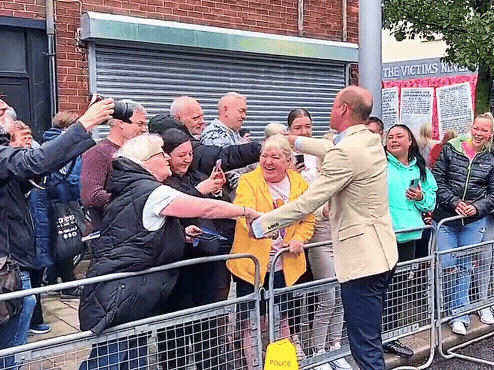
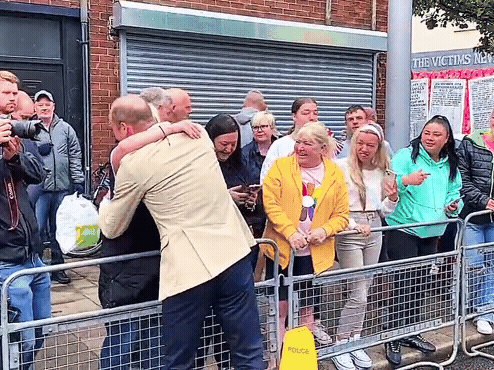
HONESTLY, SAME LADIES! SAME!
The Prince of Wales greeted wellwishers as he visited East Belfast Mission at the Skainos Centre as part of his tour of the UK to launch Homewards - a project aimed at ending homelessness || 27 JUNE 2023
#the prince of wales#prince of wales#prince william#homewards launch tour 23#27062023#belfast walkabout homewards launch 23#east belfast mission 23#homewards launch#homewards#british royal family#british royals#royalty#royals#brf#british royalty#royal#william wales.#my gifs#gifs
157 notes
·
View notes
Text
Prince William visit to The East Belfast Mission 27 June 2023


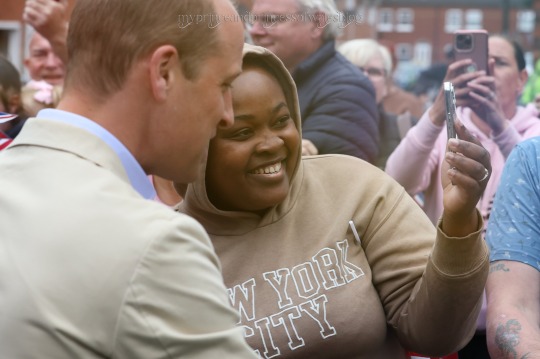

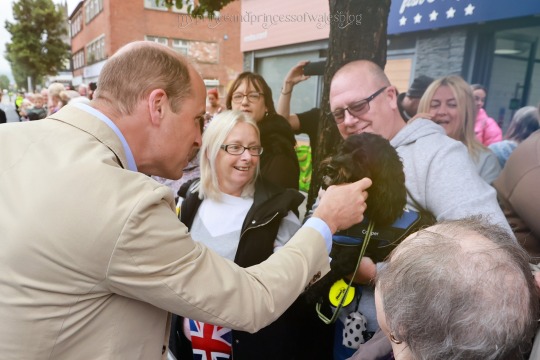

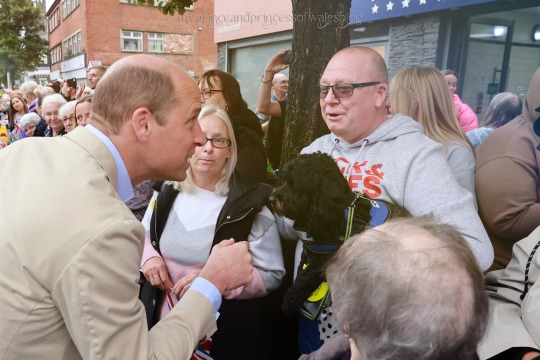




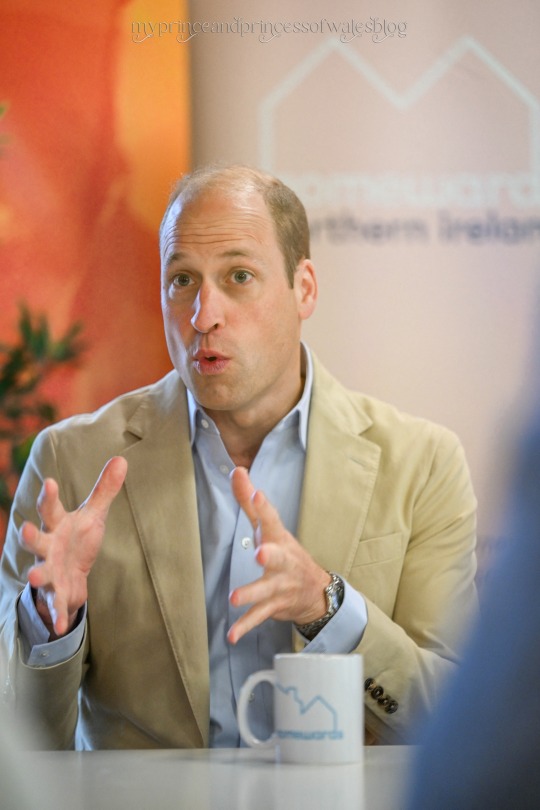














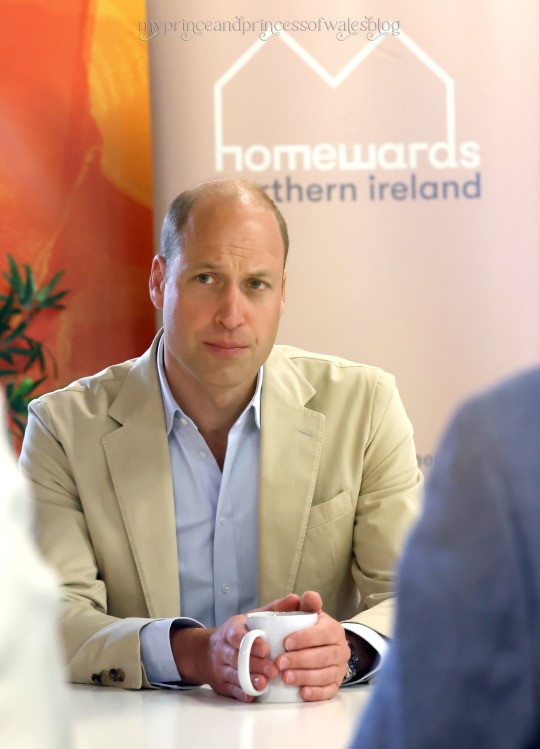





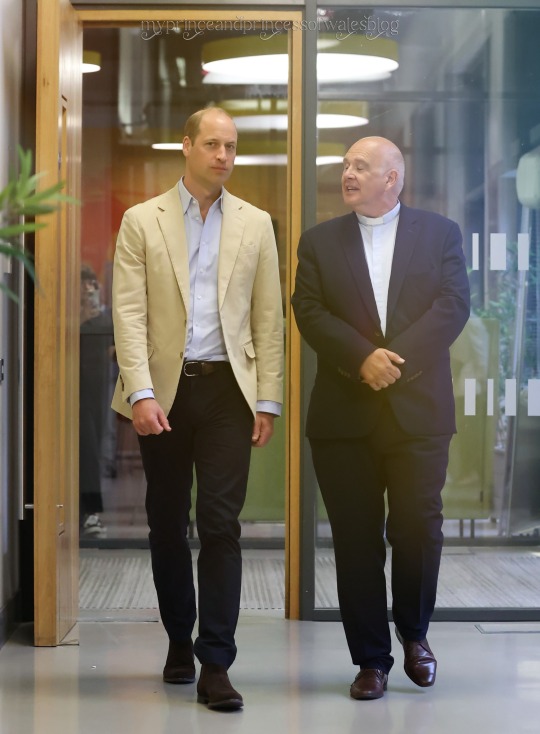




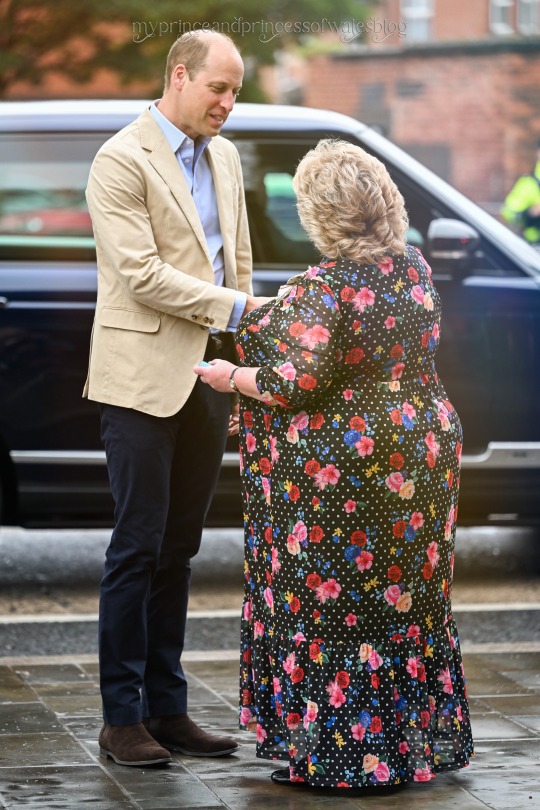

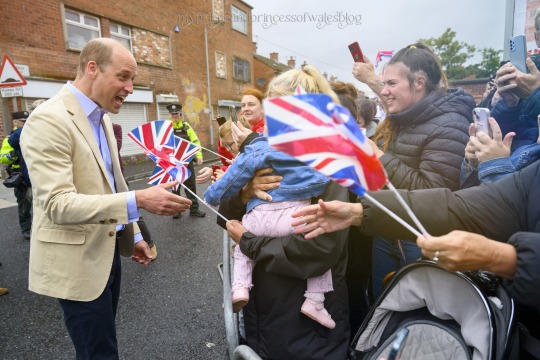
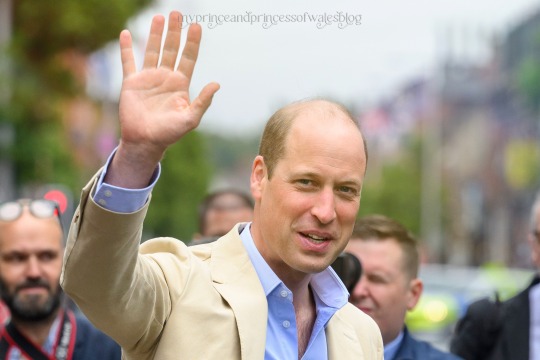



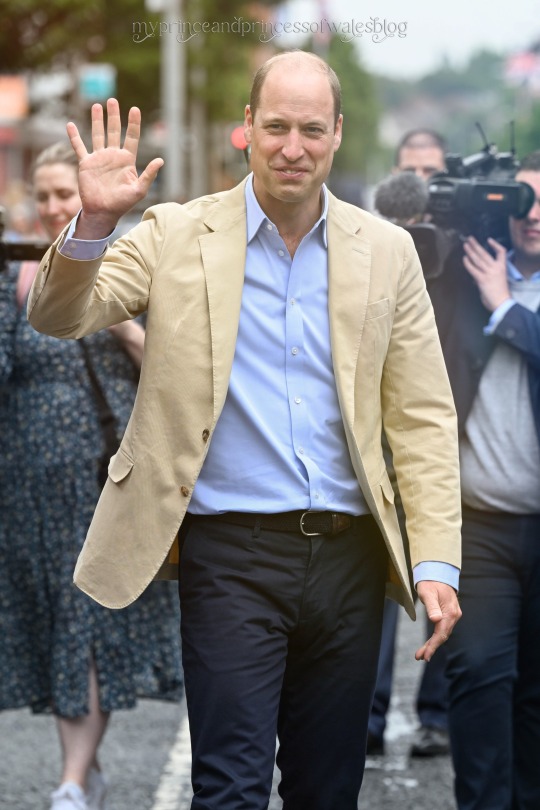
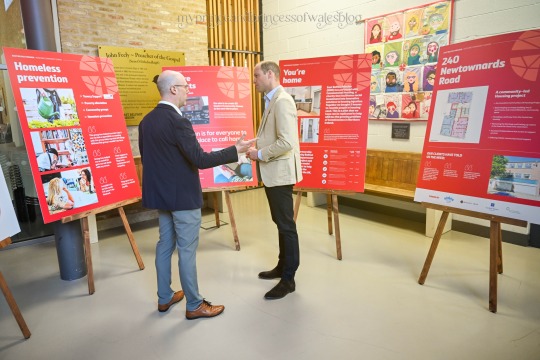
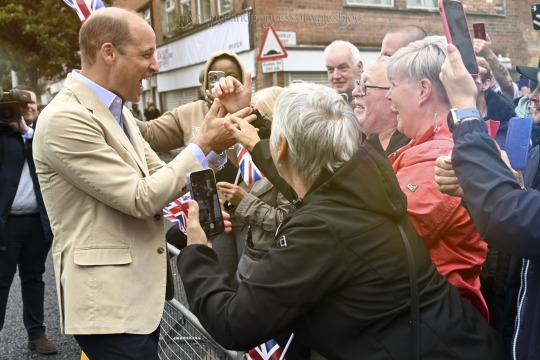









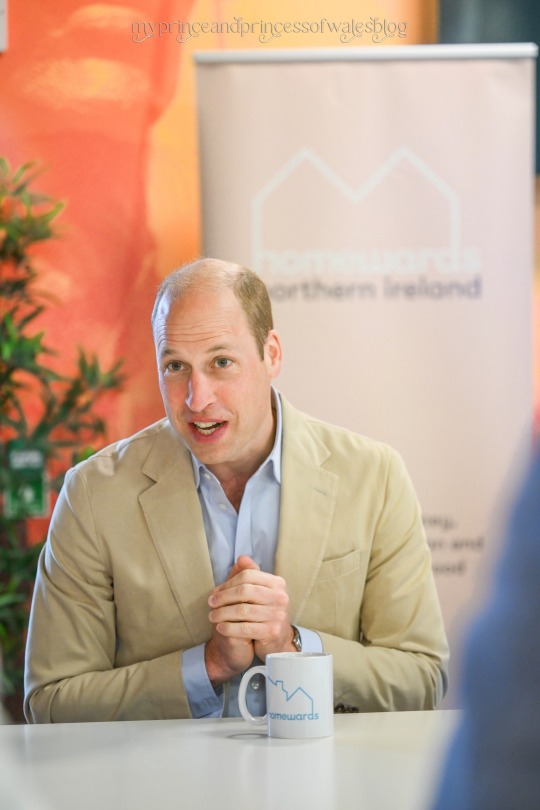
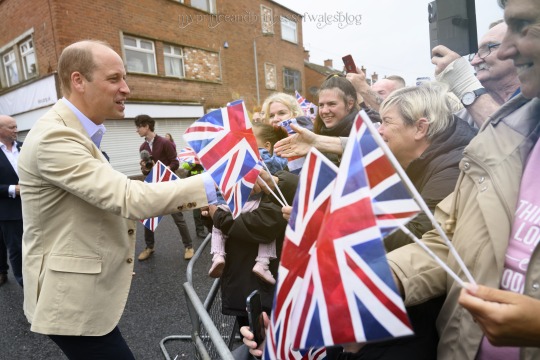



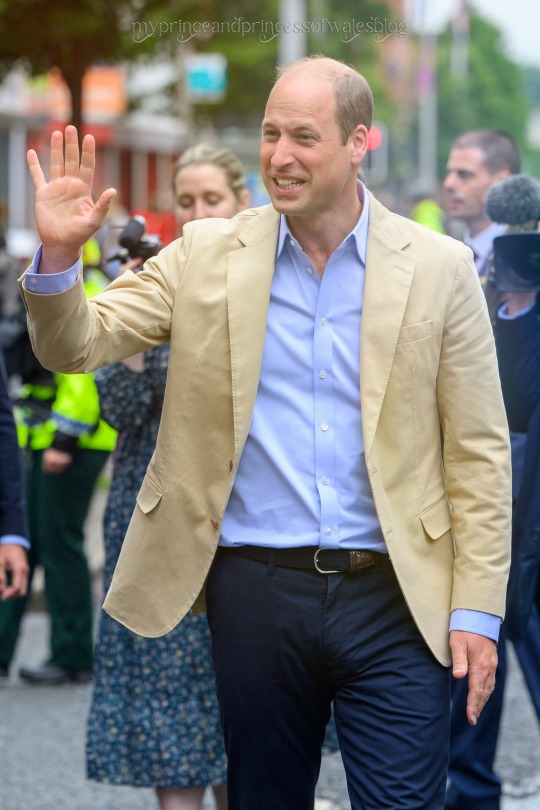

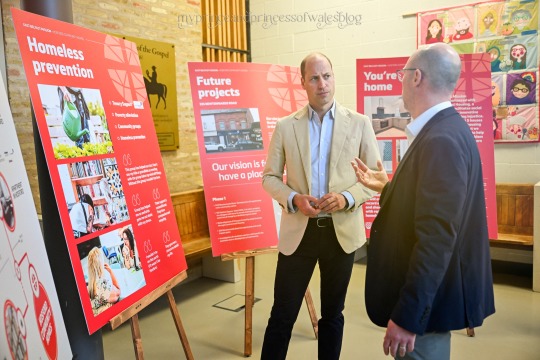


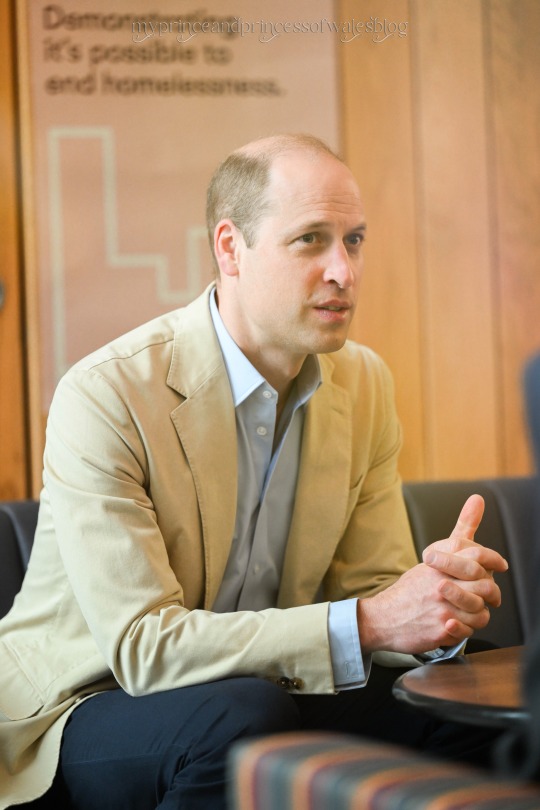



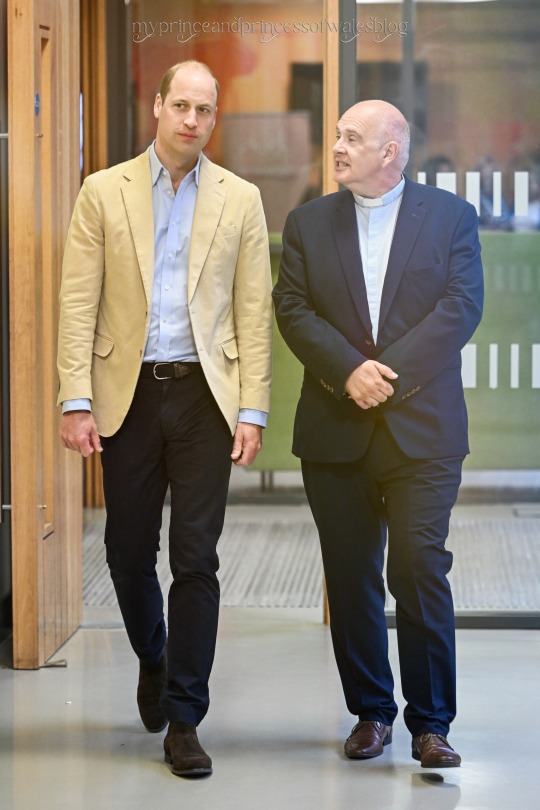



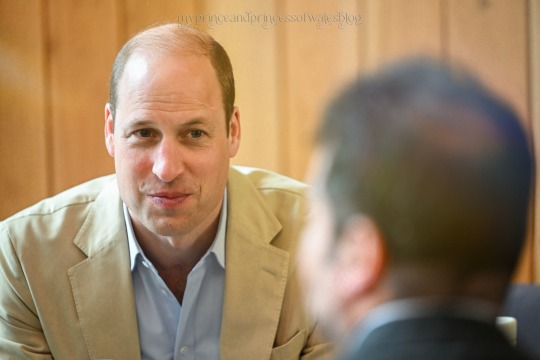

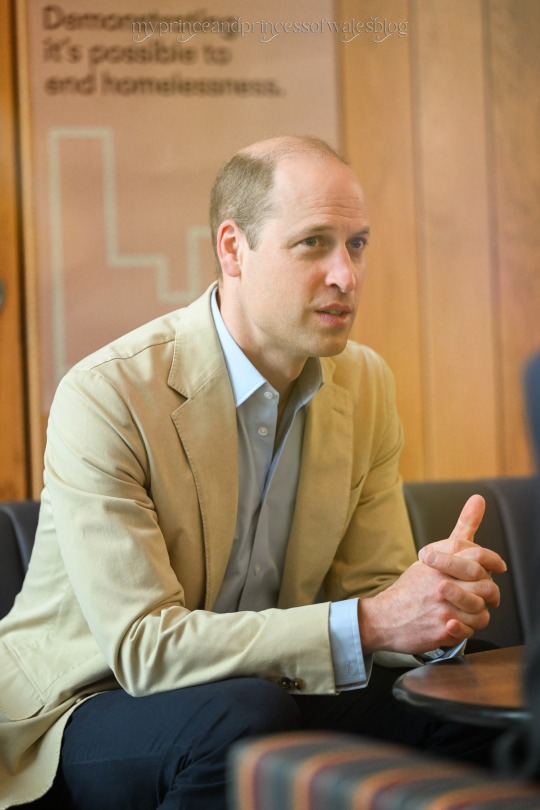



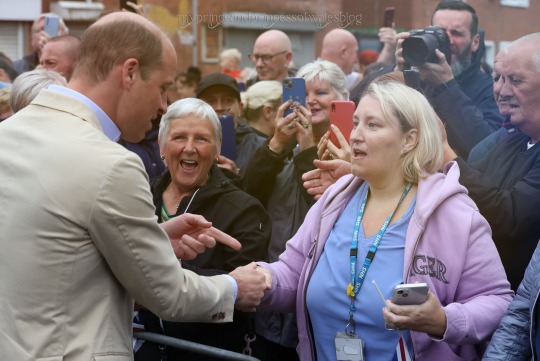







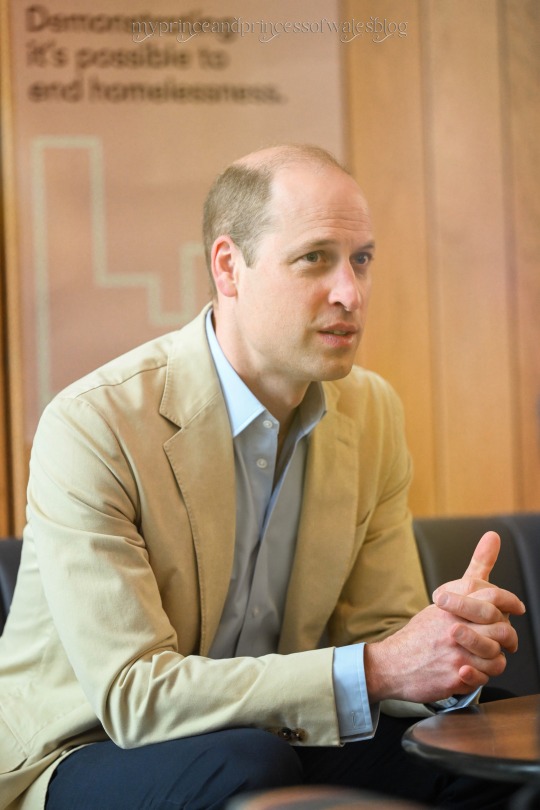






nm m
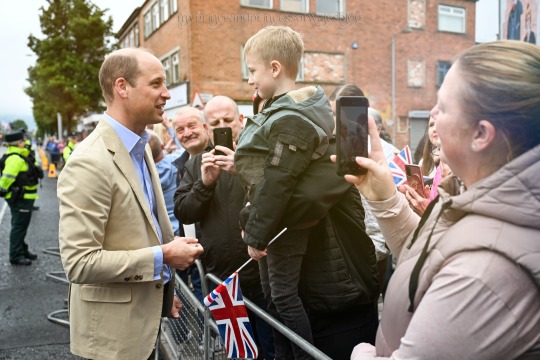





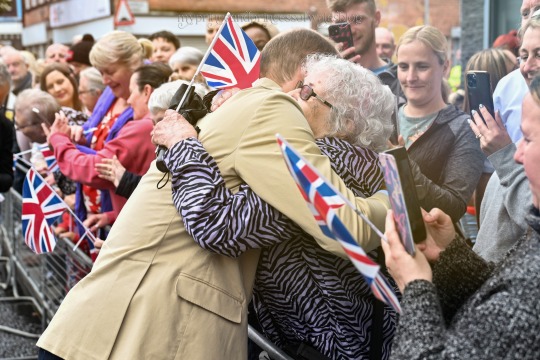

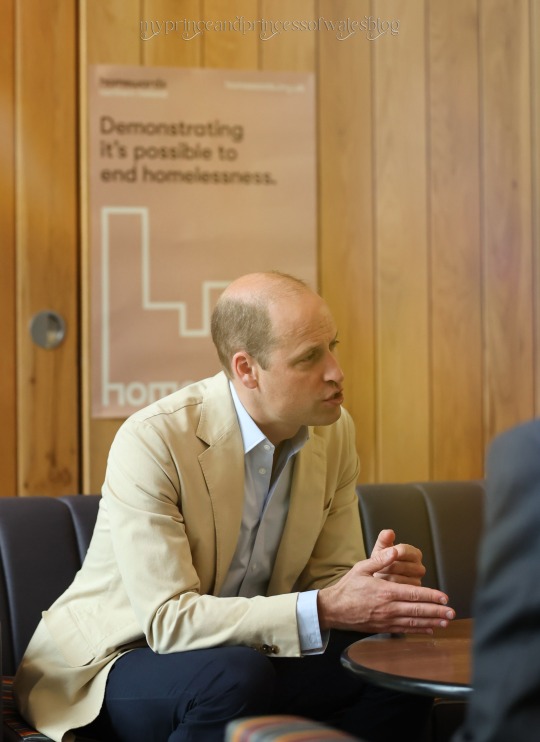
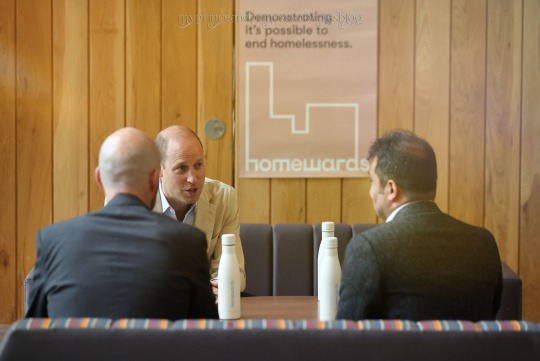




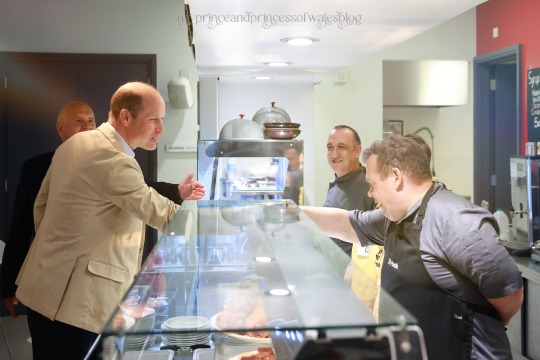


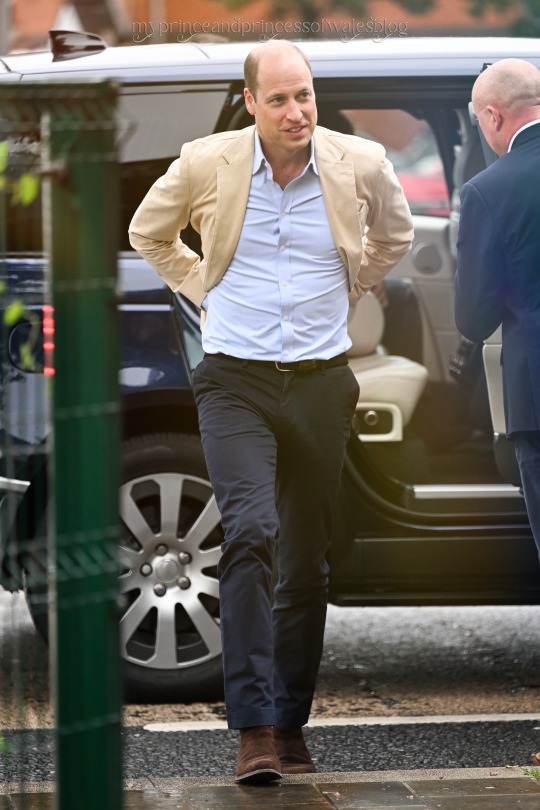









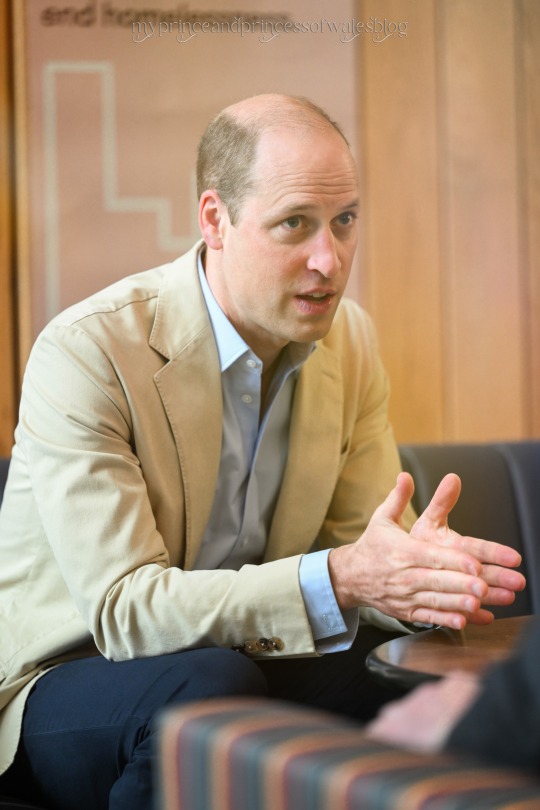


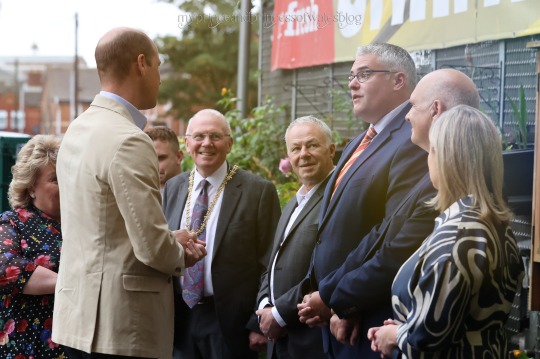



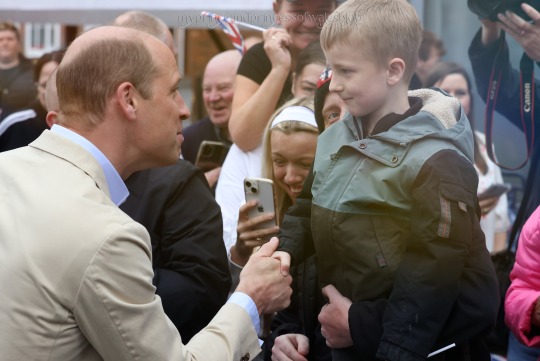
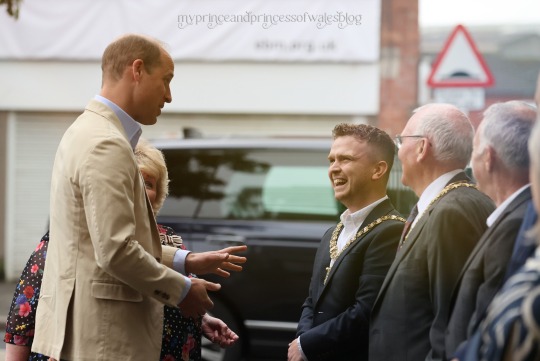

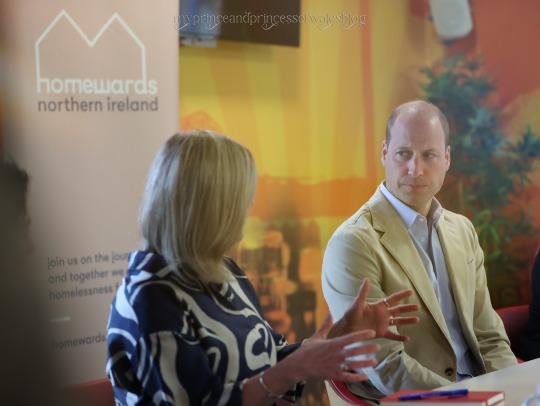

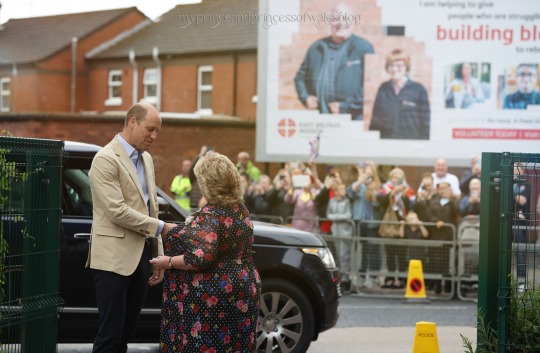









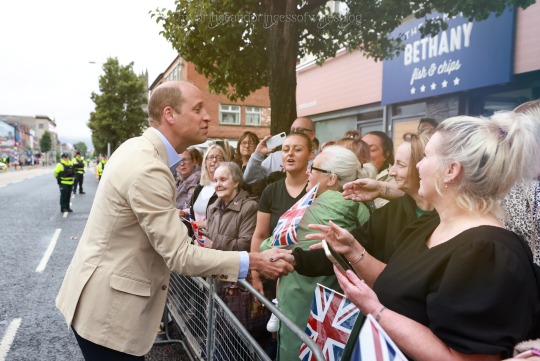
5 notes
·
View notes
Text
M2TM Heat 4 Rebellion, Manchester 26:01:2025
Storm Eowyn reared its ugly head across the land and caused havoc. A different type of storm was brewing here at Rebellion though as Metal 2 The Masses is well and truly underway. 6 bands would become 2 as only a judge’s choice and crowd vote would make it through this evening. 6 new bands to me and another snippet of Manchester’s stacked underground scene. The turnout would be healthy tonight…
#3 inches of blood#All For Metal#august burns red#Belfast#Birmingham#Bloodstock#Breed 77#Brighton#Bristol#Burnley#Cage Fight#Cheltenham#Coventry#Creeper#Cyprus#Devon & Cornwall#Dogma#East Anglia#Eihwar#Emperor#Essex#Famyne#Fear Factory#Feuerschwanz#Flotsam & Jetsam#Ghosts Of Atlantis#Gojira#Gojira. Me And That Man#Heriot#High Parasite
1 note
·
View note
Text
During the Troubles, Civil Rights Leaders went to Ireland to learn about the plight of the Irish people and to support their fight against colonialism.
Standing on the success of their nonviolent principles which led to civil liberties here (to whatever degree the CRM was successful) and in their ignorance of the history of Ireland, they tried to get the IRA to adopt nonviolent, peaceful civil disobedience.
At the end of their tour of Belfast, where they learned the history and politics of Irish resistance, all of them come to the conclusion that here violence is necessary. The Irish have exhausted all other means including nonviolent ones. Even if some of the CRM leaders maintained nonviolence as paramount, they understood that certain exceptions must be made because — regardless of if they approve of violence or not — their job is to support colonized people and follow their lead.
There is a lesson here that we should apply to the Palestinian struggle.
I’ve seen people pearl clutch over seeing so many dead Palestinians as part of the colonial violence of the camera. This misses the point of why those images are being shared.
Last decade many Black americans, myself included, talked about the commodification of Black death. videos of state murder plastered on every news channel 24/7, going viral across social media platforms connected to the legacy of lynching postcards and gator bait. We demonstrated that those videos rarely got an indictment and only once a conviction. Many of the families of these victims of police murder made it clear they don’t want the image of their loved one to be of death. The reason why we share Michael Brown’s graduation photo instead of the photo of his corpse is because Lesley McSpadden demanded it. With all this in mind, we understand that in most cases the sharing of those images are antiblack.
The Palestinians do not have that history. The Nakba never happened, despite israelis calling this the second Nakba. genocide joe said 40 israeli babies were beheaded after it was found out that the story was some wingnut footsoldier’s lie, not even official israeli hasbara. It was like 2 weeks ago that genocide joe said the number of murdered Palestinians (at the time around 5,000 Palestinians were martyred — the number is now over 10,000) was a Hamas lie.
Linguistically there is no murdered Palestinian. All the headlines read “x amount of israelis killed and some palestinians died”. visually there is no dead Palestinian. official israeli hasbara is trying to flood social media with videos of patient-actors getting into place in Indonesian medical training programs to “debunk” the countless videos of martyred Palestinians.
The denial of the scale of israel’s genocide of the Palestinians is so bad that reporters in Gaza are holding dead children in front of press cameras because Palestinians do not die and are not murdered.
The profit motive of these images is actually in their absence. not their over saturation like with Black americans. The west needs israel as a destabilizing force in the middle east. The strategy of the western media then is to bury these images, to not give them a second of attention. So logically the Palestinian strategy is to proliferate these images to show just how horrifying israel’s crimes are.
Two things can be true at the same time; what works for you doesn’t necessarily work for me etc.
The other thing i’m seeing are liberal frameworks to understand genocide. Of particular ire is desirability politics. *jujubee voice* just say white supremacy.
Desirability is tertiary at best. israel is genociding Palestinians because they want control over Gaza and the West Bank (and Lebanon too). They are not genociding Palestinians because Palestinians are “undesirable.” They make Palestinians undesirable to justify taking their land. Talking about this psychoanalytic bullshit distracts from the primary reason for the displacement and mass murder of Palestinians: the taking of their land.
~*desirability*~ is just one way that israel tries to justify its crimes. Desirability is a circular logic that can only make sense once you manufacture its premise irl. It means nothing without the material conditions it claims are true. Its super easy to call someone an animal after you put them in a cage. It’s super easy to call a people dirty savages after you restrict their access to water. It’s super easy to call someone violent after you sequester them in small, barely livable spaces and stress them with bombings and check points.
It’s also — there’s a way in which opposition to something reifies the very thing that you oppose. Toni Morrison continues to beat everybody’s ass. What does it do when you see a baby with half a skull and say “this happened because she is undesirable”? Undesirable to whom? Not me.
Palestinians are not so passive as to oppose white supremacy and desirability. The Palestinian people are a proactive people. Palestine is the issue. Palestine has a people. Palestine has an ecology. Palestine has life. Palestine is life. Palestinians fight for life. life can neither exist nor blossom under white supremacy.
Any analysis that does not begin with this is a distraction. And distractions only benefit the colonizers.
437 notes
·
View notes
Photo

Super Mario World - Belfast Lough! - Standing Northeast facing Southwest to give full view of the Lough and surrounding areas. likely the last of the Northern Ireland series I'm doing, unless i go ahead with a Lough Neagh one! have a great day everyone, thanks for looking! large image, tap for full!
Belfast Lough, standing Northeast facing Southwest to give a full view of the waterway and surrounding areas. Belfast Castle, Carrickfergus Castle, Donaghadee Moat and Bangor Castle. Scrabo, Helen's Tower, Knockagh Monument. Giant's Ring and other stone heritage sites represented. Belfast area, Glengormley, Newtownbreda, Dundonald, Castlereagh, Holywood, Strandtown, Whiteabbey, Newtownards, Bangor, Moneyreagh, Carryduff, Comber, Greenisland, Helen's Bay, Donaghadee, Whitehead, Ballyclare, Islandmagee, Copeland Island etc all marked with game exits. 2 Lighthouses at land's end, 1 lighthouse in Belfast Harbour. Cavehill and Black Mountain. River Lagan. Underground levels for the 2 stone quarries and 1 salt mine.
I've had to exaggerate sizing and tried to keep accurate placement of cities/towns/landmarks as much possible that the graphics would allow, so if something is a little too east or too far west etc. please allow some leeway and have some imagination! in case you're wondering what Yoshi's House is....its where my Uncle and Aunt live! thanks for looking!
by Wide_Environment3107
99 notes
·
View notes
Text
As war rages between Israel and Hamas in the Gaza Strip, it is hard to envision an end to the conflict. For decades, though, a growing movement of Palestinian and Israeli women has not only envisioned a peaceful coexistence, but also demanded it.
Just three days before Hamas’s Oct. 7, 2023, attack, thousands of women from two peacebuilding groups gathered at Jerusalem’s Tolerance Monument for a rally and march. Israelis from Women Wage Peace carried blue flags, and Palestinians from Women of the Sun flew yellow ones.
Members of the two groups traveled to the Dead Sea—believed since ancient times to have healing qualities—and set a table. Women from both sides pulled up chairs as a symbol of a good-faith resumption of negotiations to reach a political solution.
Women Wage Peace formed in response to Operation Protective Edge, which was Israel’s 2014 invasion of Gaza in the wake of then-U.S. Secretary of State John Kerry’s failed effort to restart final status negotiations.
“We, Palestinian and Israeli mothers, are determined to stop the vicious cycle of bloodshed,” reads the preamble to their campaign, the Mother’s Call. This campaign was nine months in the making, and it involved aligning around a single agenda that demands a political solution within a limited time frame.
They set the table to show the importance of dialogue and women’s involvement in decision-making. But in the war between Israel and Hamas that has started since then, women’s voices are largely missing from negotiations and consultations.
Ensuring women’s participation isn’t about equity or fairness or a show of inclusion. It’s about winning the peace.
In 2014, Laurel Stone, then a researcher at Seton Hall University, conducted a quantitative analysis of 156 peace agreements over time. She found that when women are decision-makers—serving as negotiators and mediators—the probability of an agreement lasting at least two years increased by 20 percent. The probability of the agreement holding for 15 years increased by 35 percent.
Many studies show that women tend to be more collaborative, more focused on social issues over military issues, and less likely to attack those who hold differing views. With women at the table, the potential for risk-taking behavior and attacks on perceived enemies may be lower. In diverse teams, decisions are more likely to be based on facts than assumptions.
While men are more likely to be fighters in war, the work of holding families and communities together more often falls to women, and according to some studies, it’s women who more frequently stand up for a return to negotiations, civilian protection, and an end to violence.
“We learned from the cases of Northern Ireland and Liberia,” Yael Braudo-Bahat, the co-director of Women Wage Peace, told Foreign Policy. Women’s active participation greatly strengthened these peace and recovery processes.
Ahead of the formal talks that led to the Belfast Agreement in Northern Ireland, Catholic and Protestant women’s groups formed the Northern Ireland Women’s Coalition and gained two seats at a table of 20 in formal negotiations. As one of the few groups that moved beyond the sectarian divide, its members were seen as honest brokers. They represented civil society concerns and helped ensure that the agreement included commitments for social healing and integration.
Because the brutality of war falls disproportionately on women—they frequently are the first to go hungry, serve as the de facto caretakers, and become the victims of increased gender based violence—they are often committed to finding a path to peace even when male leaders won’t compromise.
During the Second Liberian Civil War, women played a heroic role by successfully pressuring male decision-makers to negotiate. The documentary Pray the Devil Back to Hell, directed by Gini Reticker and produced by Abigail Disney, popularized the incredible story of how women convinced the warring parties to attend peace talks in Accra, Ghana.
“We were the ones watching our children die of hunger … we were the easiest targets of rape and sexual abuse,” said Nobel Prize laureate Leymah Gbowee, the founder of the Women for Liberia Mass Action for Peace grassroots movement, which played a major role in pushing then-President Charles Taylor to sign a peace agreement in 2003. This common suffering among women formed the basis for unity across political and religious divides.
In Israel and Gaza, women will need to play an important role in the implementation of any new accord between Israel and Palestine, Braudo-Bahat said. Her organization’s partnership with its Palestinian counterpart, Women of the Sun, has remained steadfast, even after learning that her co-founder, Vivian Silver, 74, was murdered by Hamas on Oct. 7.
“We continue our plans—we work together, and we don’t hide it,” she said. “It might be dangerous to the Women of the Sun, but they are so courageous.”
Although many Palestinians want peace, for others, “peace is normalization,” a member of Women of the Sun wrote to Foreign Policy via WhatsApp, choosing to go by the initials M.H. to preserve her anonymity and safety. Some Palestinians think that “it’s something shameful to be dealing with Israel,” she added, because it could imply that the Israelis’ treatment of, and policies toward, Palestinians are tolerable.
“I believe we should actively engage and collaborate, even if some label it as normalization,” M.H. said. “I am committed to working toward a better future for us.”
International law is on the side of these women. United Nations Security Council Resolution 1325, adopted unanimously more than 23 years ago, urges all member states to increase the participation of women in peace and security efforts, and highlights women’s essential role in preventing war, protecting civilians, and negotiating lasting peace.
Despite Israel’s deteriorating track record with regard to women’s rights and roles as decision-makers, women are involved in the war as politicians, members of the military and civilians. Women in politics have made important advances for gender equity, although among the 32 cabinet ministers sworn in a year ago, only five were women. One of those women ministers was dismissed amid the recent closure of the Ministry for the Advancement of Women.
The reality for women in Gaza is far more challenging when it comes to holding leadership positions. Women generally do not participate in public political activities or hold public office, although Hamas appointed 23-year old Isra al-Modallal as its first female spokesperson in November. She told the Guardian newspaper that she is not a member of Hamas or any political party.
At the start of the conflict, Hamas had just one woman, Jamila al-Shanti, 68, serving as part of the organization’s 15-member political bureau. Al-Shanti, who was also a founder of Hamas’s women’s movement, died in an Israeli airstrike on Oct. 19.
“You can hear amazing rhetoric and lip service, even from the Palestinian leadership,” Dr. Dalal Iriqat, an assistant professor at the Arab American University in the West Bank, told Foreign Policy. “But when it comes to practice, I always find a scarcity of women in decision-making.”
Women’s organizations in the Palestinian territories and in Israel have a rich history of political engagement, however. Palestinian women created social structures such as health clinics and orphanages for displaced Palestinians following the 1948 Arab-Israeli War. Following the Six-Day War in 1967, with traditional political structures in tatters and both Gaza and the West Bank under Israeli occupation, women of every social class stepped up.
It was through the networks they formed that a new cadre of women activists emerged as a force in December 1987, when Palestinian frustration with Israeli rule broke out in a popular uprising that became known as the First Intifada, or “shaking off.” Underlying this largely nonviolent Palestinian struggle was a collective social, economic, and political mobilization led by women.
Palestinian political leadership acknowledged women’s centrality in the Intifada, which paved the way for negotiations with Israel when it included three women—Suad Amiry, Zahiria Kamal, and Hanan Ashrawi—as part of the delegation that participated in the Middle East peace talks that culminated with the Madrid Conference in October 1991.
Ultimately, though, exiled Palestinian Liberation Organization leaders shunted the Madrid framework to begin secret negotiations with Israel that resulted in the security-focused Oslo Accords and the establishment of the Palestinian Authority. Under their leadership, Israeli occupation, and the failures of the Oslo Accords, democratic ideals and women’s rights eroded.
Israel and the United States have discussed a potential role for the Palestinian Authority in Gaza after the military operation. The Palestinian Authority has three women ministers, including its minister for women’s affairs, though women still struggle for equal opportunities and freedom from violence.
“Women usually refrain from being [an] activist in politics,” said an activist in the West Bank who withheld her name for security reasons. “Women are frightened to be involved in political activities, because they will be put in jail or be subjected to any kind of violence.” And the conditions are much worse for women when funding is restricted, as well as under Hamas, she said.
Serena Awad, a Gazan nonprofit worker who is now living in Rafah, told Foreign Policy that Gazan women are directing and managing many aspects of the humanitarian response. These women work for the United Nations as well as in health, cultural, child protection, human rights, sports, and legal organizations.
“I have lived through six aggressions, and every time, I wait for my turn to die,” said 24-year-old Awad. “What I want the world to know is that women in Gaza are like any other women—we study, go to work, have our own family, but we suffer.”
Israeli and Palestinian women working as peacebuilders say they need more international support. Women’s organizations are notoriously underfunded in the best of times, with only 0.4 percent of global gender-related funding going directly to women’s rights organizations, according to calculations by the Association for Women’s Rights in Development.
During crises, women’s rights often take a back seat. Women of the Sun’s 2024 budget is approximately $100,000, and Women Wage Peace’s budget is approximately $1 million, according to the organizations’ representatives.
Women’s groups are more likely to be effective during negotiations and during the implementation of recovery programs when they have access to external funding. During the peace process between Sudan and South Sudan, for example, South Sudanese women were highly mobilized as delegates, but some had to pause their involvement so they could go back to earning money.
In addition to funding, democratic countries have a role to play by insisting on women’s participation in negotiations, said M.H. of the Women of the Sun. She and other peacebuilders say that the United States and the United Nations should be more active in promoting women as counterparts, negotiators, and experts.
“By will, things can happen,” M.H. told Foreign Policy “And if the US says it [that women should be involved in negotiations], it can happen.”.
Talks convened by Qatar, the United States, and Egypt to end the conflict between Hamas and Israel are underway. These countries and other regional players—including Jordan, Israel, and the Palestinian Authority, have previously created national action plans that recognize the unique impact of war on women and their crucial role in promoting peace, culminating in 107 countries worldwide forming national action plans to empower women.
Still, news coverage reveals little or no evidence of efforts by these countries to promote women’s participation in the Israel-Hamas conflict.
The U.S. State Department is “working to ensure the expertise of women from civil society and in government is incorporated in any process related to the current conflict in Gaza,” wrote a spokesperson in an email.
If the political will for participation exists, both Israelis and Palestinians have a robust list of women advocates from which to draw for official and nonofficial negotiations and discussions. A diverse list of 12 Israeli and Palestinian women who are qualified to participate in negotiations was provided by the 1325 Project run by members of Women Lawyers for Social Justice—known in Israel as Itach Ma’aki—to the U.S. Embassy and other embassies and international bodies.
“At least one person will be engaging in Track 2 and 3 efforts, and she was approached through us by an international body,” said 1325 project co-director Netta Loevy, referring to nonofficial negotiations and consultations.
Braudo-Bahat, meanwhile, urged policymakers to involve women in discussions now—not after violence ends. “The day after the war is yesterday … we need to start now,” she said.
Back in Gaza, the water tastes like poison; it’s freezing, and Awad, the 24-year-old nonprofit worker, keeps losing weight. She asked almost a dozen Gazan women leaders what they think should happen to resolve the war and to ensure that women participate in negotiations.
No one could give her an answer. They were busy responding to humanitarian needs, and telecommunication and internet services were out.
“Nothing has changed, but what can we do about it? All we can do is waiting and praying for this to end,” Awad wrote to Foreign Policy through WhatsApp, which only works for her about once every four days.
Iriqat, the Arab American University professor, has one wish: “That someone considers that if women are in charge, and involved, a more strategic agreement could hold.”
113 notes
·
View notes
Text

Big touring over the next three months! Australia! The UK and Ireland! US east coast! Best links at www.TMBG.com.
Hey everyone. John F. here. Normally, I would just speak this in a Vibe Report on YouTube, but there are too many important links here and too much granular information to not deliver it in text form! I want to bring everyone up to date on all these shows coming up, and the second shows that have been added where shows have sold out.
We are in Australia starting in the beginning of October (!) and in the UK and Ireland in November (!) playing Flood shows where over the night we play all the songs off the LP. All of the shows are "an evening with" which means no opener/starts early, and we are joined by our 8-piece band. ADDED! 1 Oct Adelaide https://bit.ly/4aZS1eF 2 Oct Adelaide SOLD OUT 4 Oct Sydney SOLD OUT 5 Oct Sydney SOLD OUT ADDED! 7 Oct Brisbane https://bit.ly/qRl1At 8 Oct Brisbane https://bit.ly/3Li9hAD 10 Oct Melbourne https://bit.ly/s7Ez8q 11 Oct Melbourne SOLD OUT 13 Oct Perth SOLD OUT ADDED! 14 Oct Perth https://bit.ly/A3d5T
1 Nov Southampton https://bit.ly/PlQ92z 2 Nov Cambridge SOLD OUT 3 Nov London https://bit.ly/3UrQpDe 5 Nov Glasgow SOLD OUT 6 Nov Newcastle https://bit.ly/zZwQ8b 8 Nov Belfast https://bit.ly/3JUEEQV 9 Nov Dublin SOLD OUT 12 Nov Manchester SOLD OUT 13 Nov Leeds SOLD OUT 15 Nov Nottingham SOLD OUT 16 Nov Bristol SOLD OUT 17 Nov London SOLD OUT In December we'll be out with the Big Show Tour where we spotlight a different album each night of a stand. One show in each market will be a celebration of our John Henry album. That's 1 of 2 in Philly, 1 of 3 in DC, 1 of 1 in Brooklyn (!?!), and 1 of 2 in Boston! Which night will that happen? Time will tell...
12.5 Philadelphia SOLD OUT 12.6 Philadelphia SOLD OUT 12.7 Washington DC SOLD OUT 12.8 Washington DC SOLD OUT 12.9 Washington DC SOLD OUT 12.13 Brooklyn https://bit.ly/TMBG121324 12.14 Boston 1 https://bit.ly/TMBG121424 12.15 Boston 2 https://bit.ly/TMBG121524 AN IMPORTANT NOTE FOR FOLKS WHO BOUGHT TICKETS LAST YEAR –– THESE RESCHEDULED SHOWS ARE FOR YOU!
Australia and British Isle ticket holders: your current tickets are valid for these new dates. Be sure to have your ticket confirmation email AND update your personal calendars NOW to avoid confusion later. In cities where we play multiple nights (Adelaide, Sydney, Brisbane, Melbourne, Perth, London), your ticket’s original date MUST match the new rescheduled date. These shows are mostly sold out, and that guy at the door won’t take tickets for other nights.
SO BE SURE TO MATCH YOUR TICKET TO THE SPECIFIC RESCHEDULED SHOW. (Many of these shows have also sold out, and additional shows have been added so CHECK THE DATE ON YOUR TICKET and match it to this very complete bit of information.)
Adelaide! The show booked originally on 8/10/23 is now on the 2nd of October
Sydney! The show booked originally on 6/10/23 is now on the 4th of October
Sydney! The show booked originally on 14/10/23 is now on the 5th of October
Brisbane! The show booked originally on 4/10/23 is now on the 7th of October
Brisbane! The show booked originally on 5/10/23 is now on the 8th of October
Melbourne! The show booked originally on 15/10/23 is now on the 10th of October
Melbourne ! The show booked originally on 7/10/23 is now on the 11th of October
Perth! The show booked originally on 11/10/23 is now on the 13th of October
London! The show booked originally on 5/11/23 is now on the 3rd of November London! The show booked originally on 18/11/23 is now on the 17th of November
25 notes
·
View notes
Text
TUV candidate lambasts GAA club and Linda Ervine for 'misrepreseation' of east Belfast
The mother of the director of BBC NI demonstrating her ignorance of gaelic culture and her unashamed bigotry. She’s a perfect fit for the TUV. TUV candidate lambasts GAA club and Linda Ervine for ‘misrepresentation’ of east Belfast https://twitter.com/jgtsport/status/1658580874273648640?s=20
View On WordPress
#Anti Irish#Anti-Catholic#bitterness#East Belfast GAA#ECHR#Good Friday Agreement (GFA)#Jim Allister#Linda Ervine#local elections 2023#sectarian#Sectarianism#shared future#Them &039;Un&039;s&039;#Them and Us#TUV &039;misrepresenting&039; NI#TUV candidate
0 notes
Text


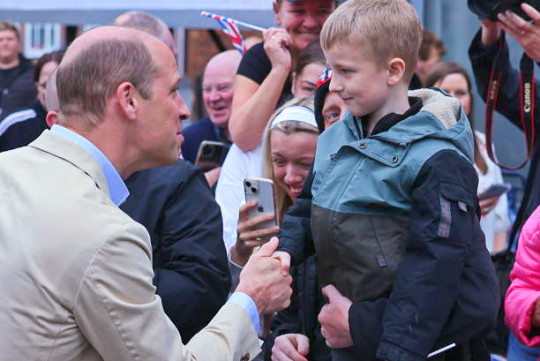
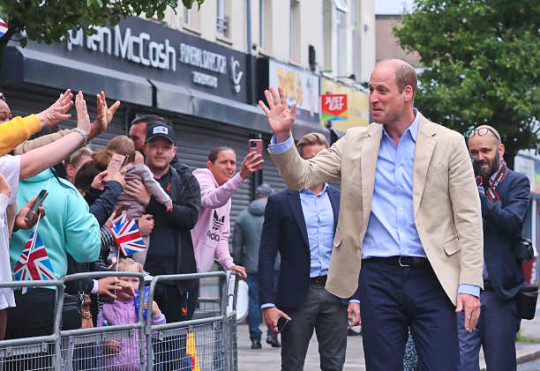


The Prince of Wales greets wellwishers gathered outside as visted East Belfast Mission at the Skainos Centre as part of his tour of the UK to launch Homewards - a project aimed at ending homelessness || 27 JUNE 2023
#prince of wales#prince william#william wales#the prince of wales#british royals#british royal family#royalty#royals#brf#british royalty#royal#27062023#my edit#east belfast mission 23#belfast walkabout homewards launch 23#homewards launch tour 23#homewards
37 notes
·
View notes
Text
Colonisers gonna colonise.
“An Irish school in Ireland?!? Not on our watch!”
#northern ireland#belfast#Ireland#Irish news#northern irish politics#the dup#democratic unionist party#gaeilge#gaelscoil#unionism#unionists#uvf#uda#loyalists
8 notes
·
View notes
Photo



The Prince of Wales arrives at East Belfast Mission to announce Northern Ireland as one of the six locations for his crusade to end homelessness | June 27, 2023
84 notes
·
View notes
Text
Belfast marched in its THOUSANDS today the US consulate. We sent a message to Biden: you're complicit!
Western imperialists from the US to the UK and the EU have defended their ally in the Middle East, shamelessly giving cover to a genocidal apartheid.
Today we said NOT IN OUR NAME!
We need sanctions and international pressure to bring about a #CeasefireNOW
#free palestine#gaza under attack#stop the occupation#gaza#west bank#not a apartheid#palestine#stop the genocide#ireland#socialism#people before profit#people power#palestinian lives matter#save palestinians#save the children#palestine will be free#ceasefire now
48 notes
·
View notes
Text
So sad that this wip I'm working on is not already finished and has not already been published because I'm unspeakably obsessed with so many of the scenes that currently only exist in the outline but I can't rlly talk about them because no one else knows about them or the characters. for instance the sequence where a side character tells his girlfriend that he's pretty sure that lazarus is informing on them to the cops and she's like ok well you're insane but I will help you break into his flat and try to find proof I guess I literally don't have anything else to do and instead of course they find concrete evidence not only of the cannibalism but also of the fact that lazarus is secretly the heir to a baronetcy and has just been cosplaying as being from east belfast for god knows what reason and they're just like OK thank fuck and then leave without telling anyone else about any of it
10 notes
·
View notes
Text
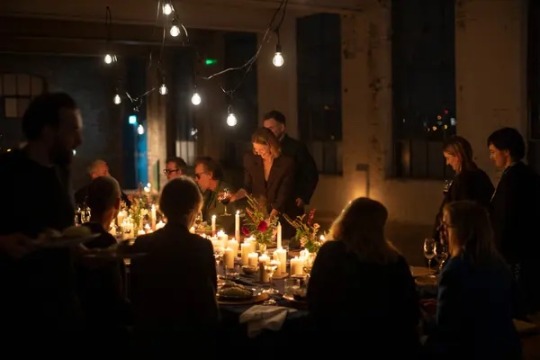
The actress Caitríona Balfe, center, taking her seat at the table. Photo: Rich Gilligan
T ENTERTAINING WITH
In Belfast, a Celebration of Art, Community and Pizza
In October, on the second floor of a former spinning mill in east Belfast, the visual artist and author Oliver Jeffers, 46, hosted a candlelit dinner for a group of Irish and Northern Irish artists and friends. The Portview Trade Centre, as the building is called, stopped producing textiles in the 1970s and is now home to 54 artists’ studios and creative businesses, including Jeffers’s, and his neighbors made up a large portion of the guests and the organizers. The occasion was a personal one — the launch of his 20th book, “Begin Again” — but he also wanted to celebrate his wider creative community. Accordingly, the evening combined tributes to both Belfast, where the artist has a home in the Holywood area, and Brooklyn, where he lived until recently and still has a studio.
VIDEO 📹 The author and illustrator Oliver Jeffers invited friends to toast his new book at a dinner in a former textile mill.
Jeffers is perhaps best known for his philosophical, understated children’s books, including “The Book Eating Boy” (2006) and “The Heart and the Bottle” (2010). And true to his style, “Begin Again” is curious, warm and quietly profound. “Not for kids, but not not for kids,” Jeffers says, the book is a vibrantly illustrated exploration of the climate crisis that attempts to lay out a hopeful future for humanity. “It offers an idea of slowing down, of using what’s near us — of starting over,” says Jeffers, “with the realization that we cannot do anything until we start to act with a sense of unity, to tell ourselves new stories that are defined by what we want.”

Jeffers, center (in tan jacket), sat beside the film director Lisa Barros Da’Sa, at left. Photo: Rich Gilligan (and Caitríona Balfe, at right… BIF)
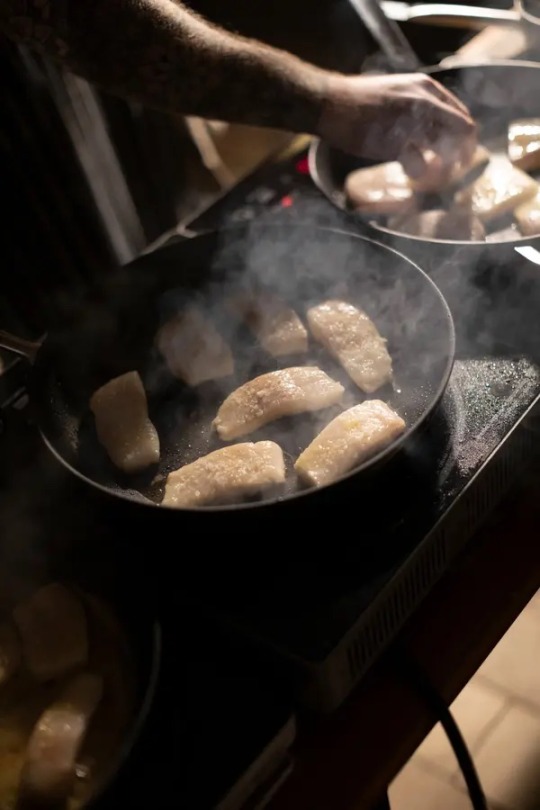
Pearson Morris, the head chef of the Belfast restaurant Noble, pan-fried wild halibut in a makeshift kitchen set up not far from the table. Photo: Rich Gilligan
While guests gathered for drinks, the sun could be seen setting over the city; on the north side of the building, hills rolled down toward the sea. The food too — a collaboration between the local bistro Noble, known for its unpretentious ingredient-led dishes, and Flout, an American-style pizzeria on the ground floor of Portview — was unmistakably rooted in Belfast. Despite a limited power supply and a lack of running water in the room, dishes were assembled and cooked in situ using three portable pizza ovens and a small stove. The table was lit with clusters of white candles and, after the sun finally went down, said Jeffers, it glowed with “the warmth of a hearth at home.”
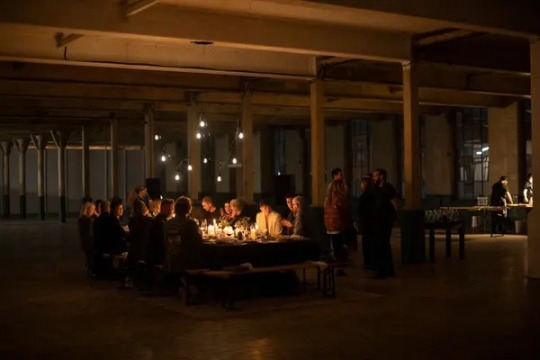
The dinner table stood at the center of the 10,000-square-foot room. Photo: Rich Gilligan
The attendees: Jeffers celebrated with his wife and business manager, Suzanne Jeffers, and a group of Irish and Northern Irish artists, including the actress Caitríona Balfe, 44; the portrait artist Colin Davidson, 55; the electronic musician and composer David Holmes, 54; the husband-and-wife film director duo Glenn Leyburn, 54, and Lisa Barros Da’Sa, 49; and the writers Glenn Patterson, 61, and Jan Carson, 43. “Everybody at this dinner,” said Jeffers, “was interested in the power of narrative, the impact of what they do and how it makes other people feel.”
The table: Guests sat at two long tables — pushed together to create a more intimate arrangement — in the middle of the otherwise nearly empty 10,000-square-foot room. The events stylist Rachel Worthington McQueen, 30, sourced an Irish linen tablecloth in the same navy hue as the book cover’s background. Mismatched dishes in traditional Blue Willow patterns (originally bought from secondhand websites for Worthington McQueen’s wedding two years ago) held squat candles, and food was served on simple white plates brought over from Noble. Seasonal blooms — including deep burgundy dahlias and pale pink spray roses — echoed the rich palette of the book and were provided by the local, sustainable flower farm Sow Grateful. Each display was tied with bright pink twine, sourced by Suzanne Jeffers to match the exact Pantone color (number 812U) of the book’s title.

New Haven-style mussels pizza by Peter Thompson, the founder of the pizzeria Flout, was served alongside Noble’s halibut. Photo: Rich Gilligan
The food: To start, Noble’s co-founder and head chef, Pearson Morris, 34, served crab and lobster from nearby Bangor Bay dressed with homemade mayonnaise and his Bloody Mary tomatoes (heritage tomatoes steeped overnight in a mix of vodka, celery and Tabasco sauce) on Flout’s blackened focaccia. “I bake things so you think they’re burned — that’s flavor for me,” said the pizzeria’s founder, Peter Thompson, 45. Next was a take on the classic New Haven-style clam pie made with steamed Galway Bay mussels, alongside which Morris served pan-fried wild halibut with a fish head sauce. Then came Flout’s Detroit-style pepperoni pizza and a salad featuring locally grown baby gem lettuces. Dessert was Noble’s chocolate delice — jaconde sponge cake topped with salted caramel, dark chocolate parfait and a chocolate mirror glaze — accompanied by a salted caramel ice cream with Flout’s sourdough chocolate cookies tumbled through.
The drinks: Noble’s front-of-house manager and co-founder, Saul McConnell, 38, oversaw the drinks, which ranged from a vibrant Blanc de Meunier champagne for arriving guests to an amber passito-style Liastos wine from Lyrarakis, Crete, for the dessert course. The Boundary Brewing Company, Belfast’s first tap room and one of Jeffers’s neighbors in the building, provided an alternative aperitif: a full-bodied English bitter called A Certain Romance, a favorite of Jeffers’s studio team.
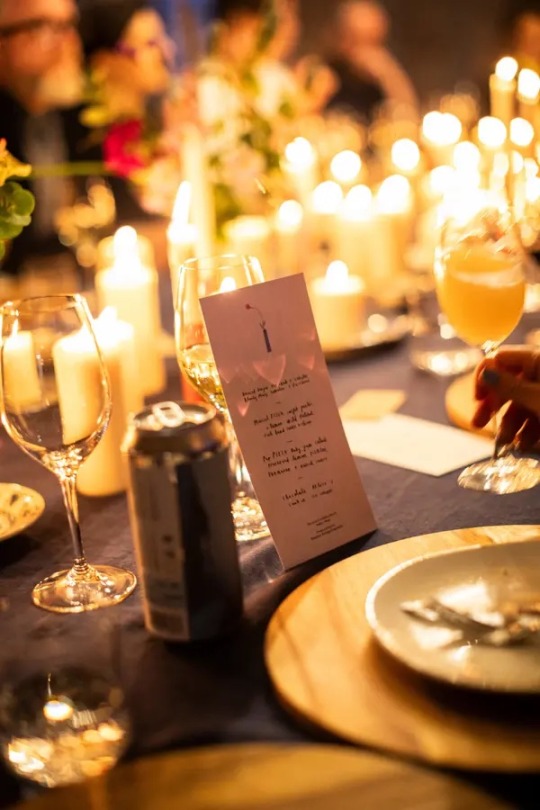
Jeffers illustrated the evening’s menus. Photo: Rich Gilligan
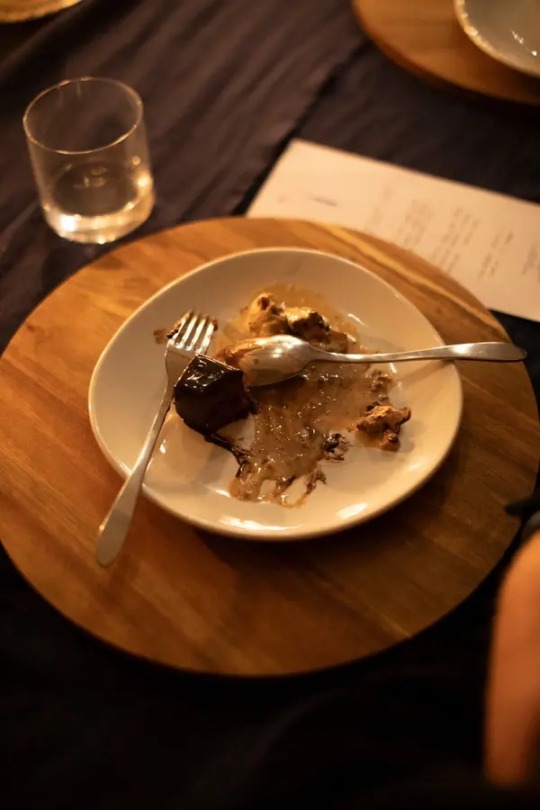
Noble’s chocolate delice, a jaconde sponge cake with salted caramel and a chocolate mirror glaze. Photo: Rich Gilligan
The conversation: Many artists talked shop, swapping notes on the production problems they encounter in their respective industries, and conversation also turned to global events. “There’s always been a comparison between the conflict in Northern Ireland and the conflict in Israel-Palestine,” said Jeffers. “We talked about the divisive rhetoric that’s going on right now.”
The music: Jeffers enlisted the Irish producer and D.J. Marion Hawkes, who runs the record store Sound Advice in Portview, to create a playlist, which ranged from classic folk to contemporary electronic tracks.
The recipe for Noble’s mayonnaise: It’s hard to beat fresh, homemade mayonnaise, says Morris, and it’s a quick, thoughtful addition to a dinner at home. But despite its few ingredients, it’s deceptively difficult to make. He recommends starting with equal parts white wine vinegar and egg yolk (approximately 2 teaspoons of vinegar to two yolks), which prevents the eggs from splitting as you very gradually beat in 250 ml of oil, then season with 5 grams of sugar and 5 grams of salt. Morris likes to use extra-virgin rapeseed oil for its neutral flavor, and an electric mixer for ease.
The New York Times Style Magazine
Remember… there’s always been a comparison between the conflict in Northern Ireland and the conflict in Israel-Palestine. We talked about the divisive rhetoric that’s going on right now. — Oliver Jeffers
Anon: Thanks… didn’t see your message until 10 minutes after posting. 🙁
#Tait rhymes with hat#Good times#Oliver Jeffers#Begin Again#2023#The New York Times#Style Magazine#8 December 2023#Thanks castlemaine123#My screenrecording
39 notes
·
View notes